Cornelissen
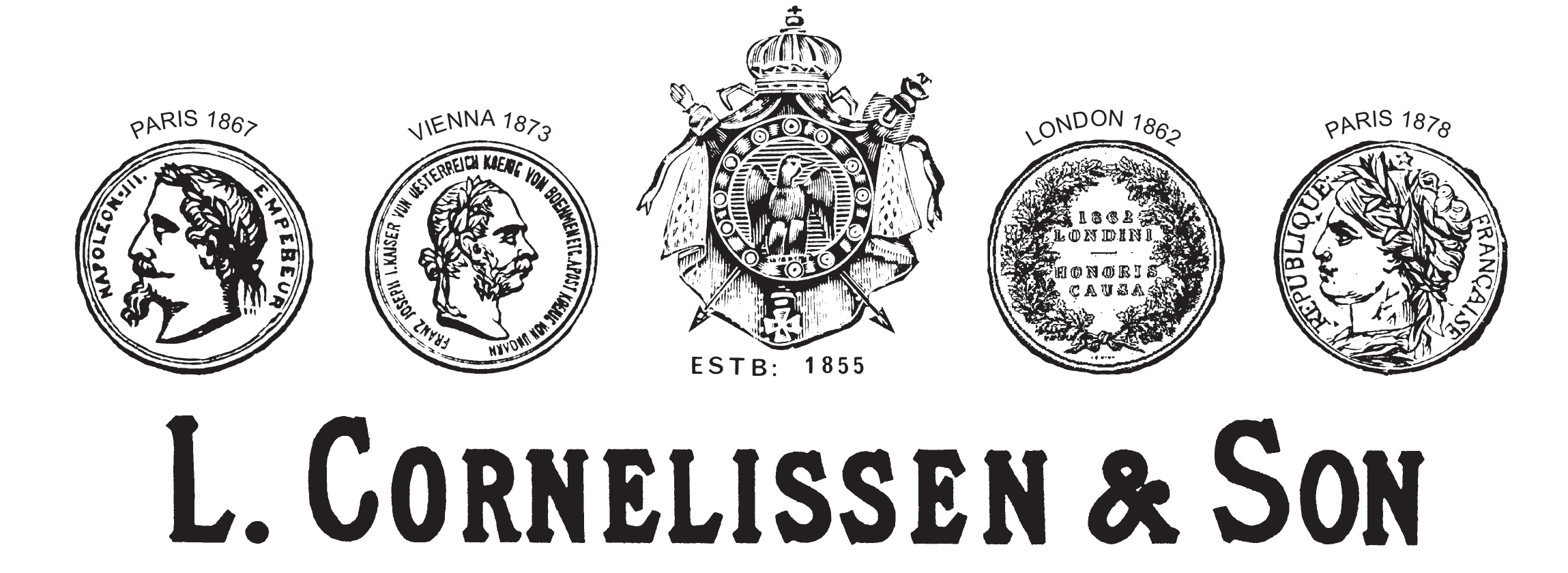
-
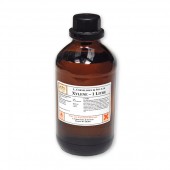
Xylene 1 litre
£18.00Call to Order
-
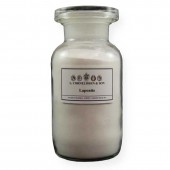
Laponite ®
Starting at: £34.40
-
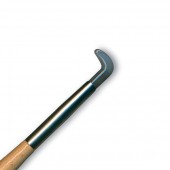
Agate Burnisher No 25 Series 3
£38.00 -
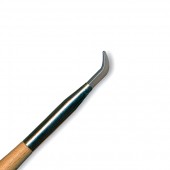
Agate Burnisher No 27 Series 2
£30.00 -
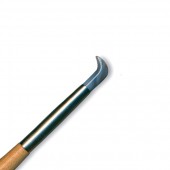
Agate Burnisher No 24 Series 3
£38.00
-
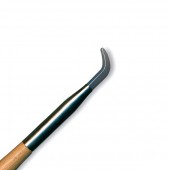
Agate Burnisher No 22 Series 3
£38.00 -
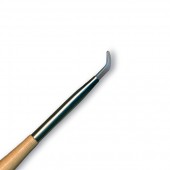
Agate Burnisher No 21 Series 2
£30.00 -
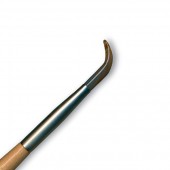
Agate Burnisher No 20 Series 3
£38.00 -
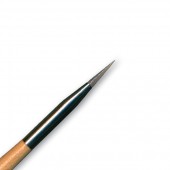
Agate Burnisher No 13 Series 1
£25.00 -
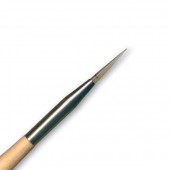
Agate Burnisher No 12 Series 1
£25.00
-
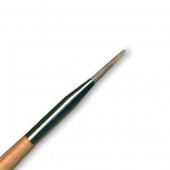
Agate Burnisher No 11 Series 1
£25.00 -
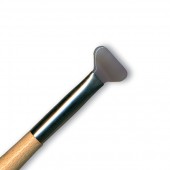
Agate Burnisher No 30 Series 3
£38.00 -
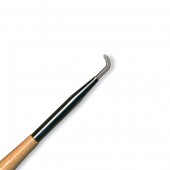
Agate Burnisher No 32 Series 1
£25.00 -
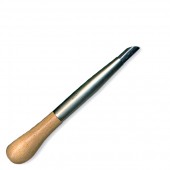
Lipstick Haematite Burnisher Short Handle
£60.00 -
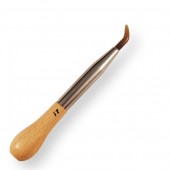
Agate Burnisher No 21 Short Handle Series 2
£30.00
-
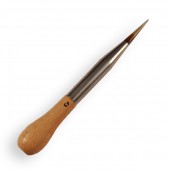
Agate Burnisher No 13 Short Handle Series 1
£25.00 -
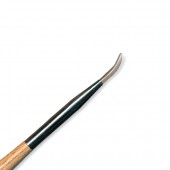
Agate Burnisher No 48 Series 2
£30.00 -
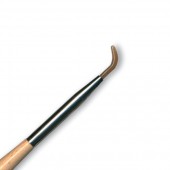
Agate Burnisher No 47 Series 1
£25.00 -
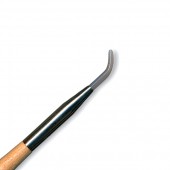
Agate Burnisher No 45 Series 2
£30.00 -
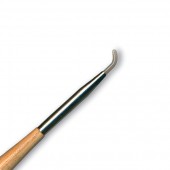
Agate Burnisher No 37 Series 1
£25.00
-
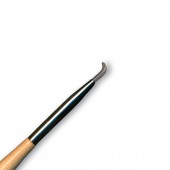
Agate Burnisher No 34 Series 1
£25.00 -
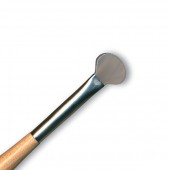
Agate Burnisher No 39 Series 3
£38.00 -
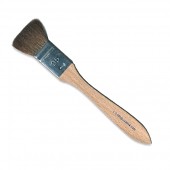
Cornelissen Squirrel Flat Lacquer
Starting at: £20.05
-
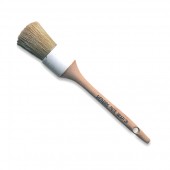
Shepherds Paste Brush
Starting at: £5.00
-
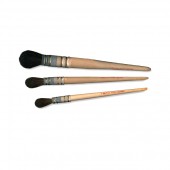
Cornelissen Squirrel Mop
Starting at: £21.40
-
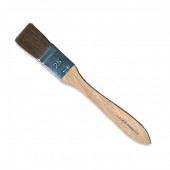
Cornelissen Ox Flat Lacquer
Starting at: £12.90
-
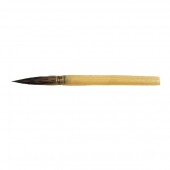
Cornelissen Tamping Brush
Starting at: £18.65
-
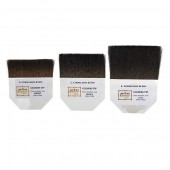
Cornelissen Gilders Tips
Starting at: £17.50
-
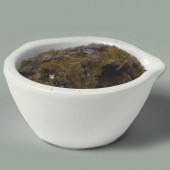
Clear Dewaxed Shellac
Starting at: £9.20
-
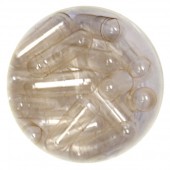
Gelatine Capsules
Starting at: £5.80




